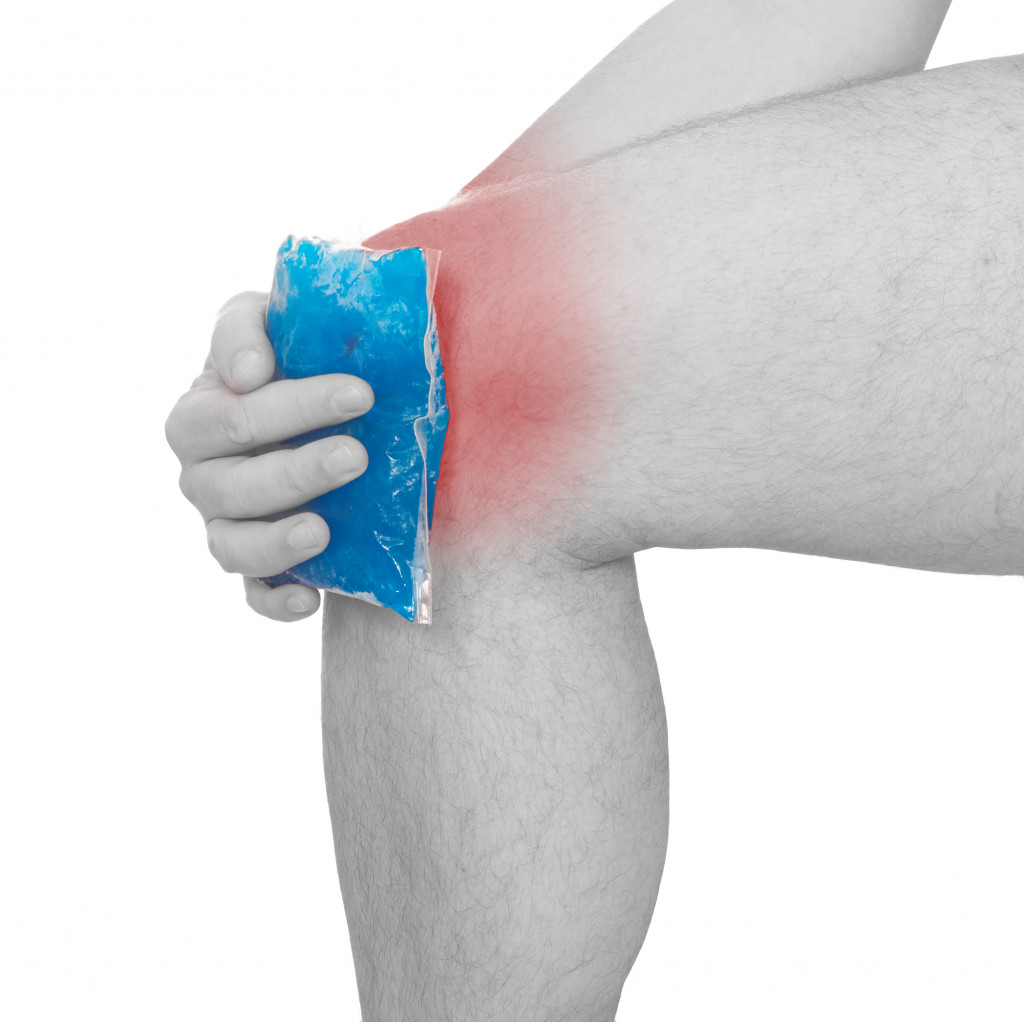- Understand the causes of joint pain in children to determine the best treatment and management techniques.
- Encourage low-impact activities and exercises such as swimming, biking, walking, yoga and pilates to help reduce stiffness and inflammation.
- Apply heat and cold therapy to help reduce joint pain and swelling.
- Make dietary changes to reduce inflammation and improve joint function.
- Utilize joint injections for severe joint pain relief.
As a parent, seeing your child in pain can be heart-wrenching, especially if they suffer from joint pain. Various factors, including injuries, illnesses, or conditions like juvenile idiopathic arthritis, can cause joint pain in children. If your child is experiencing joint pain, there are ways to manage their discomfort and help them feel better. Here are five tips to help you manage your child’s joint pain.
1. Understand the Causes of Joint Pain in Children
Before you can effectively manage your child’s joint pain, it’s essential to understand what’s causing it. Some common causes of joint pain in children include injury, overuse, infection, and autoimmune conditions like juvenile idiopathic arthritis. Understanding the underlying cause can help you determine the best treatment and pain management techniques.
Injury is a common cause of joint pain in children. This can include sprains, strains, and tears from physical activities like running and sports. Overuse injuries can also occur when the joints are overworked from repetitive motion or excessive use, such as weightlifting or sports. Infections like Lyme disease and the flu can also cause joint pain and autoimmune conditions like juvenile idiopathic arthritis. While the exact cause of this condition is unknown, it is thought to be an overactive immune system that causes inflammation and can lead to severe joint pain and damage.
2. Encourage Low-Impact Activities and Exercise
While your child may hesitate to move around when experiencing joint pain, gentle exercise can help reduce stiffness and inflammation. Encourage your child to engage in low-impact activities. These activities can improve joint flexibility and help reduce pain and inflammation.
Here are some low-impact activities for your child:
Swimming
Swimming is a great, low-impact activity for children with joint pain. It helps reduce joint inflammation and stiffness while providing a good workout. Swimming can help build strength and improve flexibility. Ensure your child uses appropriate techniques to avoid overworking or straining their joints.
Biking

Biking is an excellent, low-impact exercise to help your child manage joint pain and provide an enjoyable leisure activity. Have your child choose a bike that fits their body size and ensure they have the right safety gear before starting any ride. Also, make sure they stay within safe areas when biking and always wear a helmet!
Walking
Walking can be a great way to help reduce joint pain in your child. It’s easy on the joints while still providing enough exercise and stretching to help reduce stiffness and inflammation. Encourage your child to take daily walks around the neighborhood or nearby park for best results.
Yoga
Yoga is another excellent low-impact activity for children with joint pain. It helps improve flexibility, strength, and range of motion without putting too much strain on the joints. Have your child join online yoga classes or find an experienced instructor near you who can guide them through the practice safely and comfortably. Ensure they focus on poses that are easy on their body to avoid further joint damage.
Pilates
Pilates is a great, low-impact exercise for children with joint pain. It encourages coordination, balance and proper alignment of the body while improving strength, flexibility and endurance. Find an experienced instructor who can customize your child’s workout according to their comfort level. Doing so will help maximize their results while minimizing further strain on their joints.
3. Apply Heat and Cold Therapy
Heat and cold therapy can be effective in reducing joint pain and swelling. Applying a warm compress or bath can help loosen stiff joints and reduce discomfort. On the other hand, applying a cold compress or ice pack can help numb pain and reduce swelling. Experiment with heat and cold therapy to see what works best for your child.
4. Make Dietary Changes

Certain foods can contribute to inflammation in the body, worsening joint pain. Encourage your child to eat a healthy, balanced diet of fruits, vegetables, and lean protein. Add anti-inflammatory foods like fatty fish, nuts, and berries to their diet. Avoid processed foods, sugary snacks, and drinks that can cause inflammation.
5. Utilize Joint Injections.
If your child’s joint pain is severe, you may need to explore other treatments. While medication can help relieve discomfort, joint injections can also effectively reduce pain and inflammation. This reliable joint pain relief will ensure your child’s joints can move freely without any pain. This can also help improve overall joint function. Injections are a safe, minimally-invasive procedure that can be performed in the doctor’s office and are usually quite effective.
In Summary
Joint pain can be a challenging condition to manage, especially in children. However, with the right strategies, you can help your child manage their pain and improve their quality of life. Understanding the causes of joint pain, encouraging exercise, applying heat and cold therapy, making dietary changes, and utilizing professional joint pain relief can help your child feel more comfortable and confident as they move through life.
